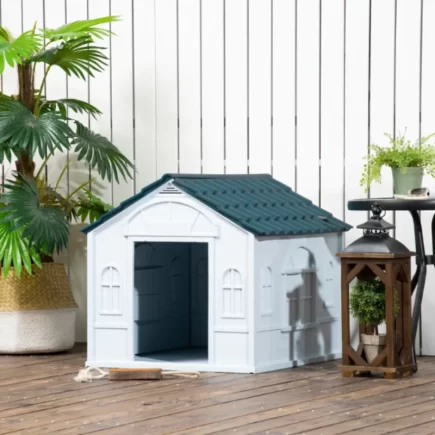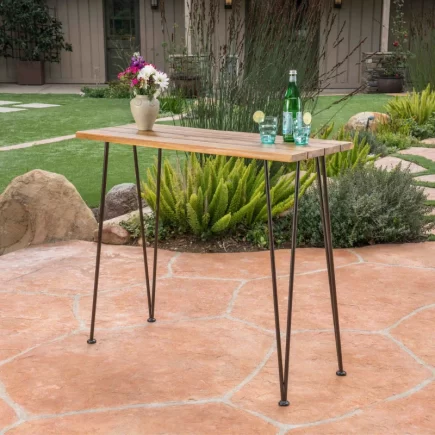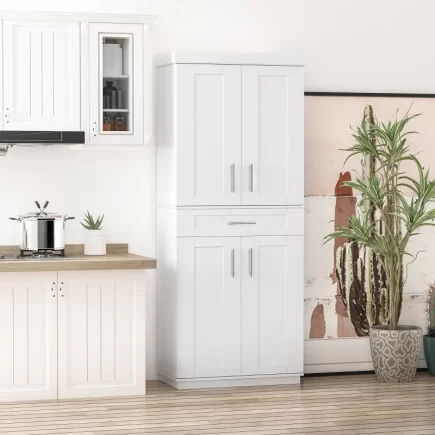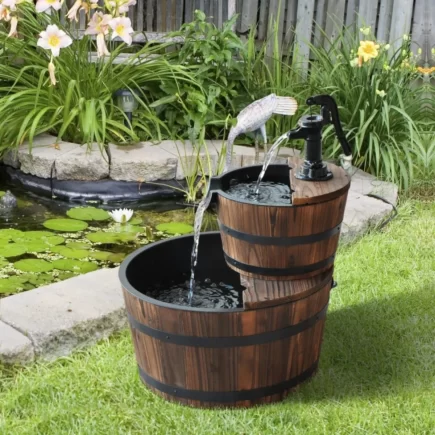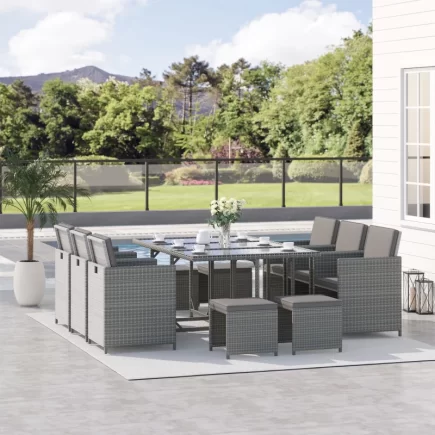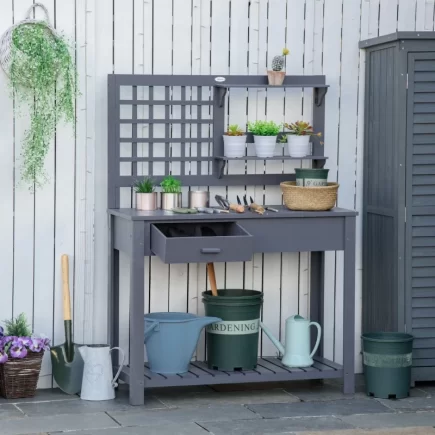
Installing interlocking deck tiles could be the perfect solution. Whether you want to spruce up your backyard, patio, or rooftop, these tiles offer a fast, efficient, and durable option that can transform your outdoor area into a stunning living space. Let’s get started.
Step-by-Step Installation Guide
1. Tile Selection and Layout
Interlocking deck tiles come in various materials: wood, composite, or plastic. Your choice depends on aesthetics, weather conditions, and how much maintenance you’re willing to do.
- Wood Tiles: Perfect for a classic, natural look. However, they require more maintenance than composite tiles.
- Composite Tiles: Made from a blend of wood fibers and plastic, they’re durable, low maintenance, and resistant to mold and fading.
- Plastic Tiles: Ideal for low-maintenance needs and easy cleaning.
- Layout: Before starting, lay out a few tiles to see how they’ll fit in your space. You can arrange them in various patterns like straight lines, diagonal lines, or a checkerboard design, depending on your aesthetic preferences. Make sure the tiles align well with the edges of your space for a clean look.
2. Tools Required for Installation

While installing interlocking deck tiles doesn’t require advanced tools, having the right equipment will make the job easier and more efficient.
Basic Tools
- Measuring tape: To ensure accurate measurements.
- Saw (jigsaw or circular): Used for cutting tiles to fit edges or around obstacles.
- Rubber mallet: To help snap the tiles together securely.
- Sandpaper: To smooth out rough edges after cutting.
- Optional Tools: T-square or straight edge, and Safety gear
3. Surface Preparation
Before you even think about laying down the first tile, it’s essential to prepare the surface properly. Proper preparation ensures that the tiles stay in place and last longer.
Cleaning and Leveling

- The key to a successful installation is a clean and flat surface. Whether you’re installing over concrete, wood, or compacted dirt, make sure the area is free of debris like leaves, dirt, and grass.
- For concrete surfaces, sweep and clean the area with a mop. For dirt or soil, remove any weeds or plants, and level the area by using a rake.
Dealing with Uneven Surfaces

If the ground isn’t perfectly flat, you’ll need to level it out. Start by removing any grass and plants in the area. Then, if necessary, dig out some soil to create a level surface. Use a layer of gravel to fill in low spots and level it out with a rake.
Moisture Protection
For additional protection, especially if you’re installing over concrete or soil, it’s a good idea to lay down a moisture barrier or geo mesh fabric. This will prevent moisture from seeping up from the ground and damaging your tiles over time
4. Installing the Tiles
How to Interlock the Tiles

- Each tile has notches or connectors that allow it to interlock. Start from the corner of your surface and work your way across.
- Place the first tile and align its connectors with the adjacent tile. Gently press the notches into place, using a rubber mallet if needed to make sure they fit tightly.
- Continue snapping the tiles together in rows. For longer areas, it’s recommended to start with the outermost row to ensure a better fit.
Cutting Tiles

- How to Cut Interlocking Tiles to Fit: When you reach the edges or have obstacles (like posts or railings), you’ll need to cut the tiles to fit.
- Measure the area that needs covering, then use a saw (circular or jigsaw) to cut the tile to size.
- Be sure to smooth out the rough edges with sandpaper for a cleaner look.
5. Finishing the Project
- Trim and Fascia Installation: For a professional finish, add trim pieces along the edges of your installation. This will cover any gaps and give the deck a polished look.
- Use a straight edge and a rubber mallet to snap these pieces into place securely.
Safety Considerations
Your safety is a top priority, both during installation and while using your new deck.
Preventing Slips and Falls
- Ensure that the tiles are securely interlocked. Gaps or uneven surfaces can lead to tripping hazards.
- Choose non-slip tiles or add a slip-resistant finish for extra safety.
Using Safety Gear
When cutting or handling tiles, always wear protective gear, such as gloves, safety glasses, and long sleeves.
Cost-Effectiveness and Value
Interlocking deck tiles offer excellent value for the money, especially when compared to traditional decking options. Here’s why:
Price Range for Deck Tiles
- Wood Tiles: Typically the most affordable, but they require regular maintenance.
- Composite and Plastic Tiles: More expensive upfront but require less maintenance and last longer.
Long-Term Savings
Interlocking deck tiles save you money by eliminating the need for professional installation and reducing maintenance costs in the long run.
Where to Buy Interlocking Tiles
You can find Interlocking Deck Tiles at home improvement stores, online retailers, or directly from suppliers like Aosom. Make sure to compare prices and quality to ensure you’re getting the best deal.
Save Money on the Installation
Installing interlocking deck tiles is one of the easiest ways to transform your outdoor space. Not only do they offer durability and low maintenance, but they also allow for endless customization and design options. With the step-by-step guide provided, you can easily install these tiles and create a beautiful, functional deck that will last for years to come. Whether you’re upgrading your patio, balcony, or rooftop, interlocking deck tiles are the perfect choice for a hassle-free, stylish outdoor renovation.
FAQs
1. What are interlocking deck tiles made of?
Interlocking deck tiles are typically made from composite wood (a mix of wood fibers and plastic), solid wood (like acacia or ipe), or polypropylene. These materials provide durability, low maintenance, and easy interlocking without tools for seamless installation.
2. Can I install interlocking deck tiles over grass or dirt?
Yes, interlocking deck tiles can be installed over grass or dirt. To ensure stability, level the surface, add a weed barrier, and consider using gravel or compacted soil for a solid foundation, preventing tiles from shifting over time.
3. How do I calculate how many tiles I need?
To calculate the number of tiles, measure the area and divide by the area of a single tile. Add 10-15% for waste and cuts, and round up when buying tile boxes. This ensures you have enough tiles for your project.
4. Is a substructure necessary for installation?
While not always required for interlocking deck tiles, a substructure is essential for decks or large structures, providing support and stability. It helps distribute weight, prevents damage, and ensures longevity by protecting against environmental factors.
5. Are interlocking deck tiles weather-resistant?
Yes, interlocking deck tiles are designed to withstand weather conditions like rain, sun, and snow. Made from materials such as plastic, wood-plastic composites, or treated wood, they resist water, UV rays, and temperature changes, ensuring long-lasting performance outdoors.

